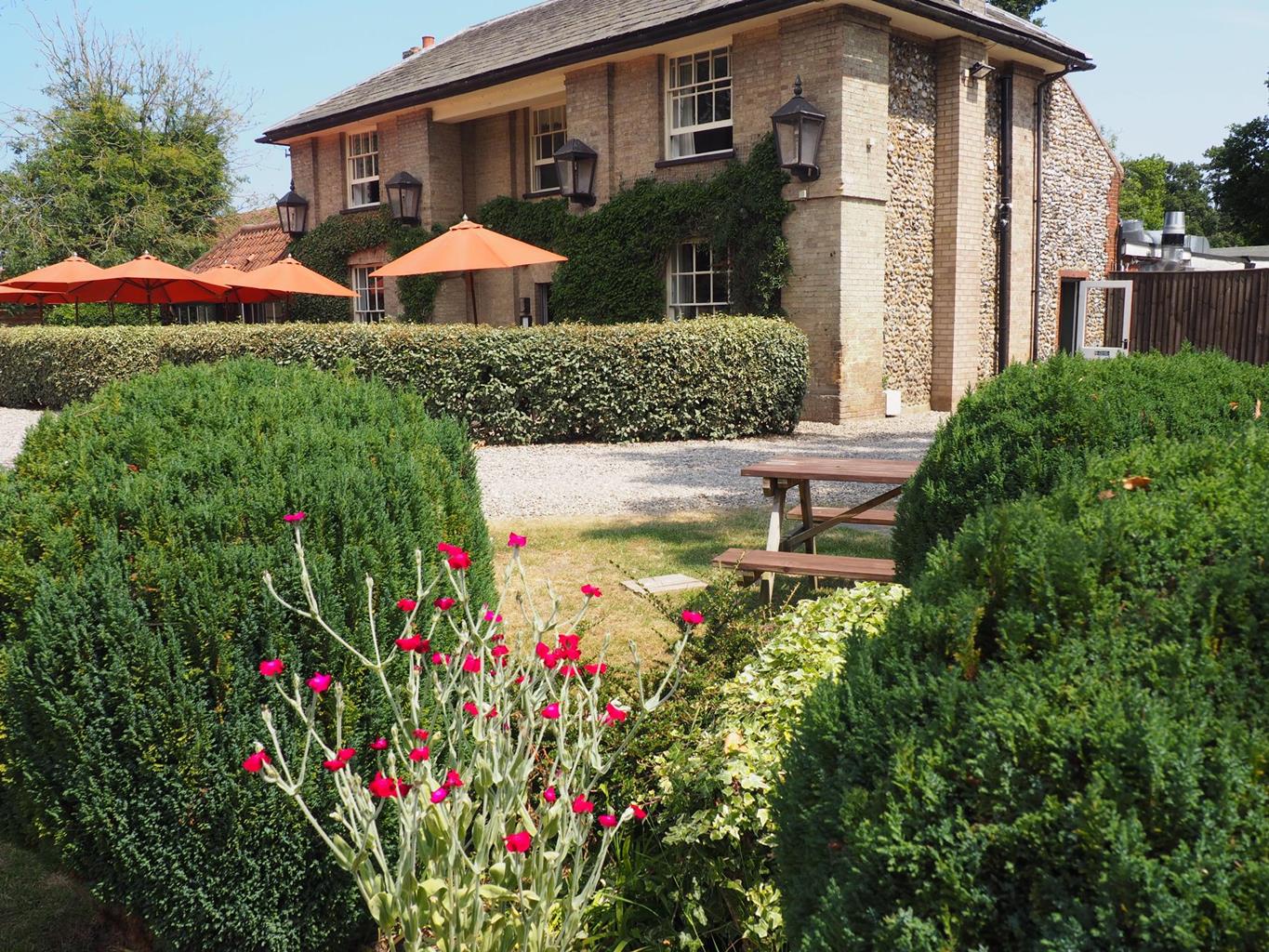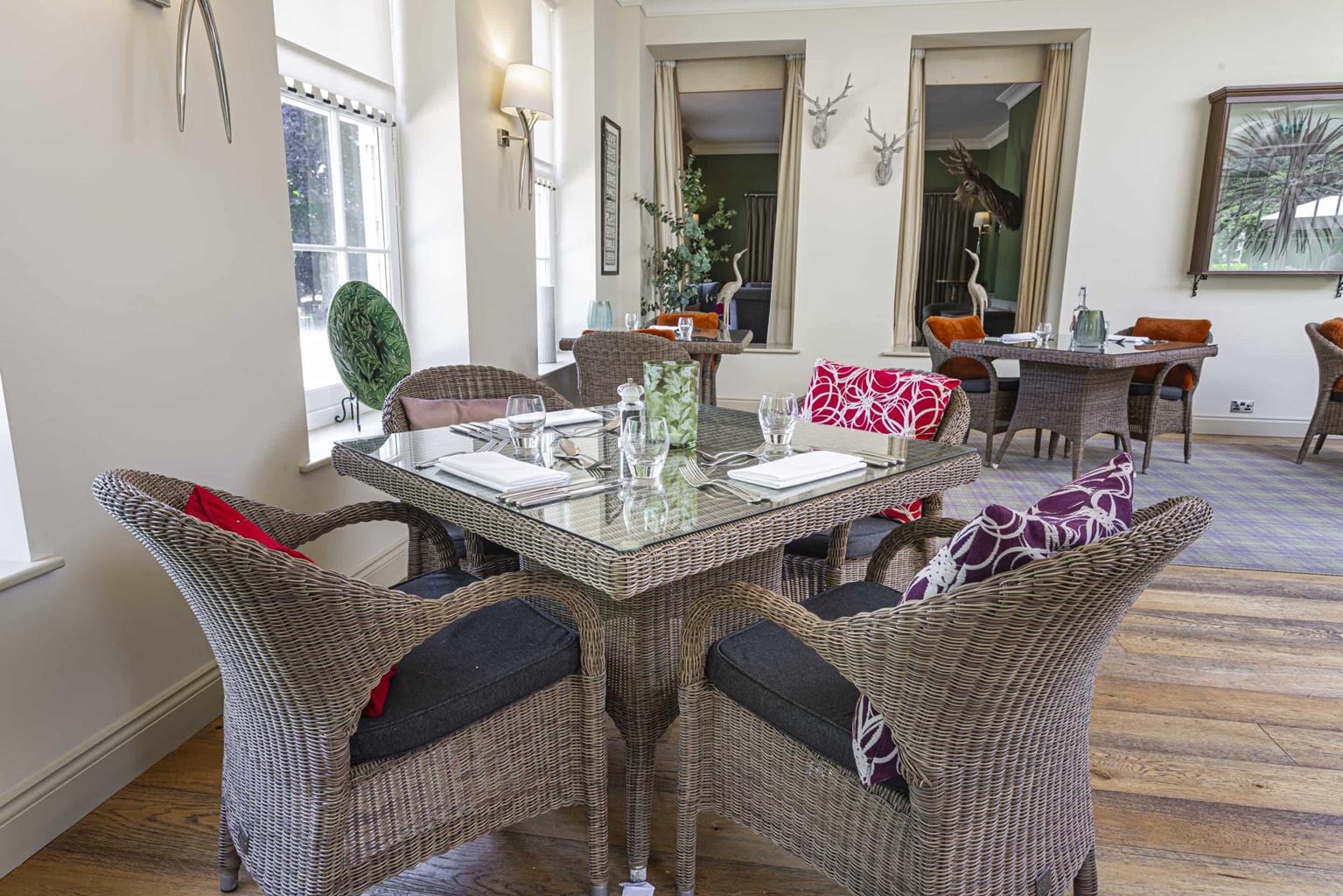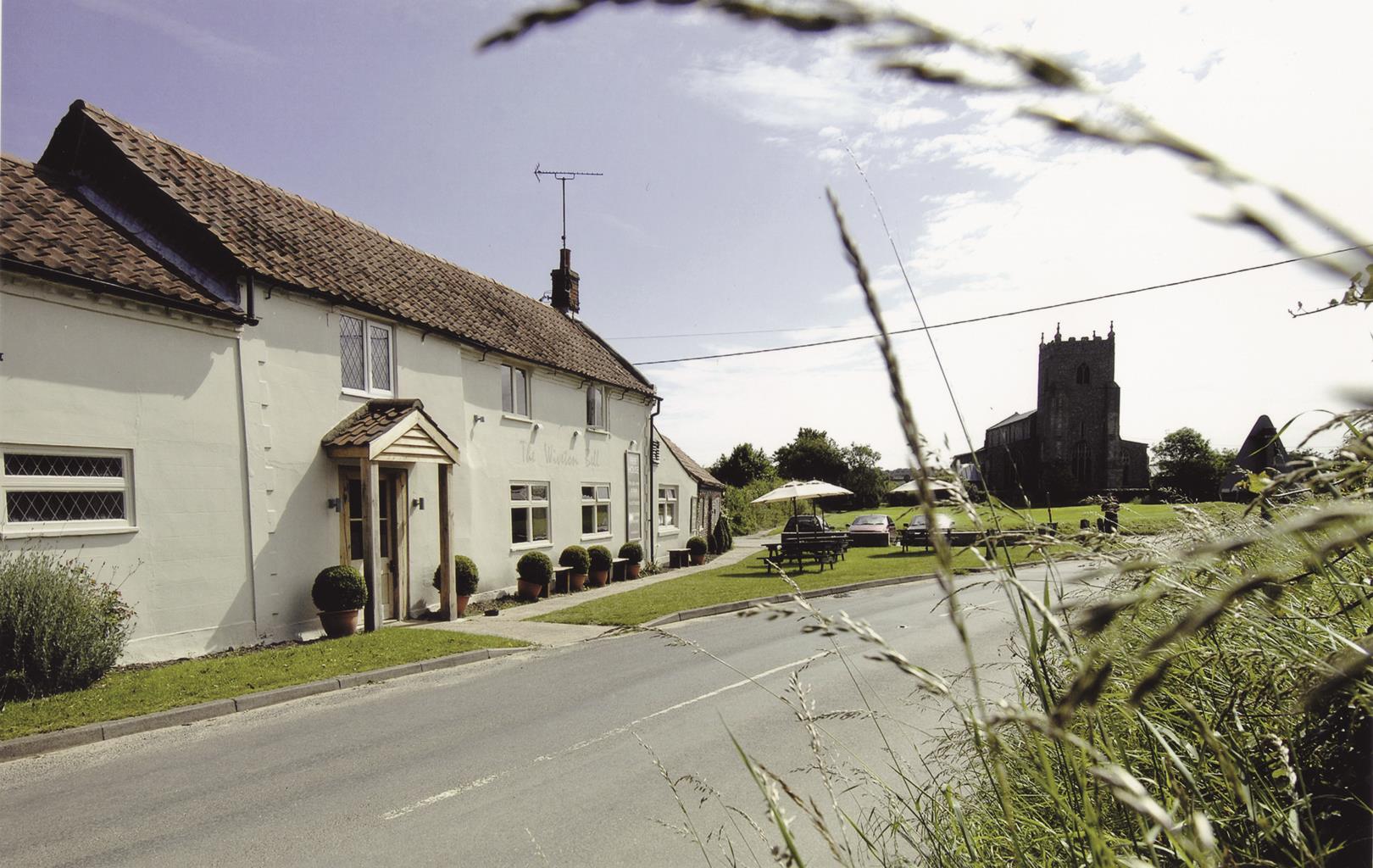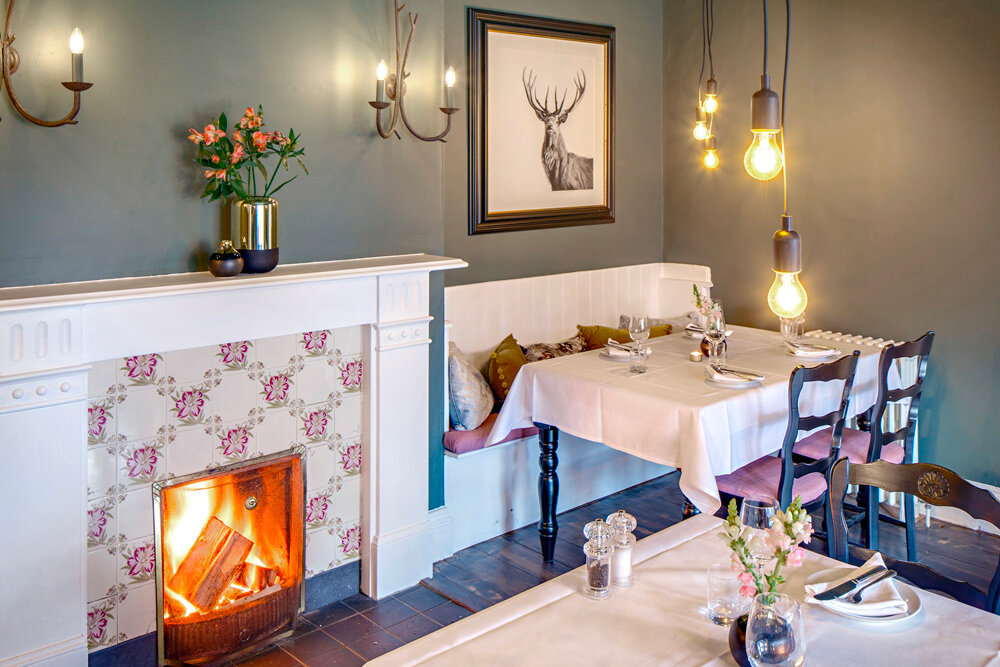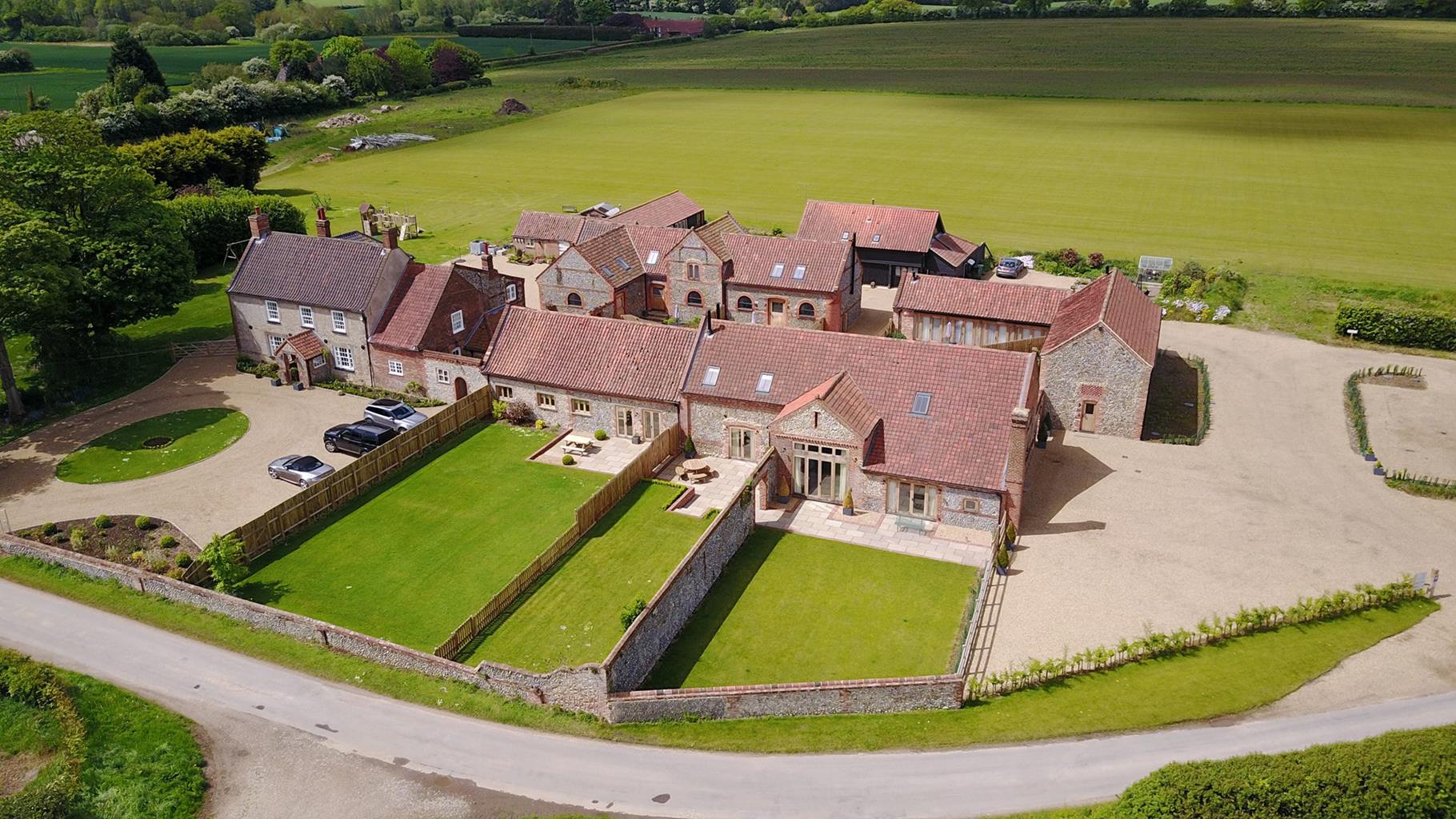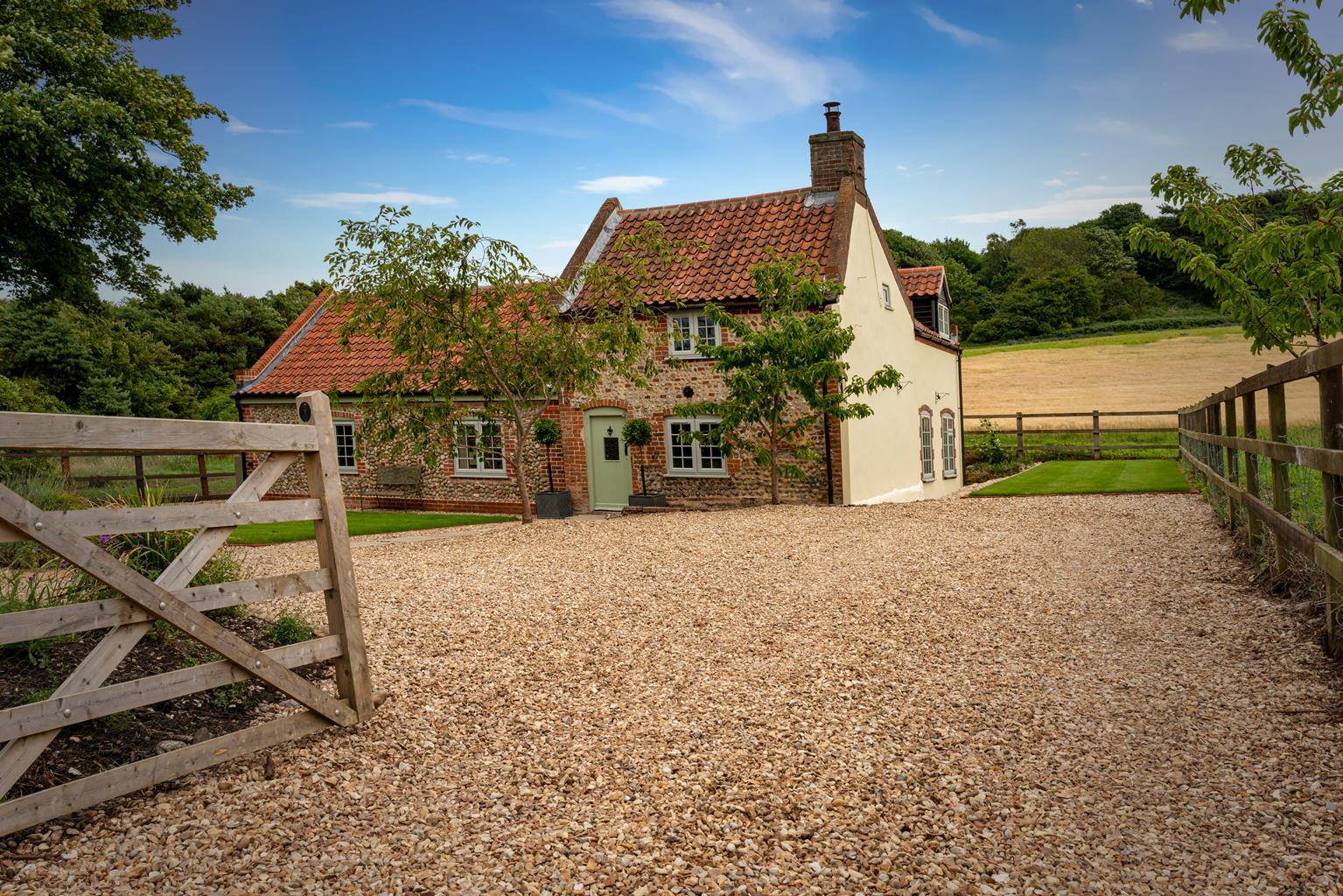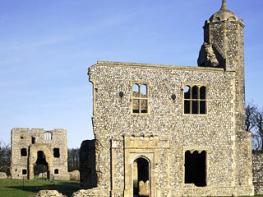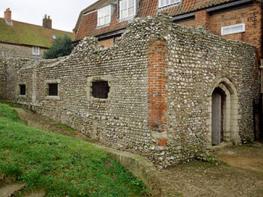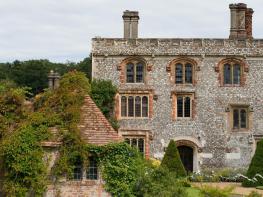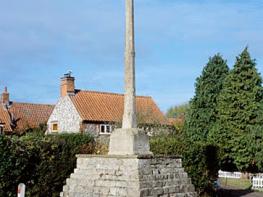A stylish and comfortable two-bedroom cottage in the picturesque town of Holt, 22 Kenwyn Close…
Holt Country Park

A circular walk through coniferous forest and across rolling meadows to the village of Hempstead.
4.5 miles (7.2kms)
About the walk
The historic Georgian town of Holt is the thriving hub of North Norfolk, and preserves that charming feel of a small country town. Although bought in 1979 by North Norfolk District Council to set up as Holt Country Park, records dating back to the 1700s show that the land south of the town was once a racecourse, with members of the nobility competing at race meetings for the 'Town Plate'. Now the 104 acres (42ha) of park is an area of mature woods next to the heathland of Holt Lowes, with the River Glaven nearby.
Trees of life
The woods are a wonderful haven for wildlife as well as a recreational resource, and are maintained as sustainable working woodland. In fact, there are more than 30 different species of tree here, including Scots pine, silver birch and oak, with management aimed at increasing the proportion of native broadleaf trees.
The visitor centre provides lists of the flora and fauna you can see in the park. Of the nearly 100 species of bird, the most common are robin, various members of the tit family, blackbird, songthrush and tree creeper. If you’re lucky, you may also see some of the less abundant ones, such as goldcrest, woodcock and sparrowhawk. At dawn or dusk, you’re very likely to catch glimpses of red deer, muntjac deer or red fox, while at dusk you may have pipistrel and noctule bats flitting about above you. At any time of day you’re fairly certain of seeing grey squirrels. Summer is a wonderful time when butterflies are in abundance, including red and white admiral, painted lady and purple hairstreak.
There are a number of circular trails in the park itself, and a longer one out to Hempstead and back, which this walk follows. The circular trail waymarkers are green and yellow, and are generally well maintained – which can be a blessing when the footpaths can start to disappear under burgeoning vegetation in early summer.
Visitors will note that ash dieback disease has been confirmed in Holt Country Park, and while it is harmless to humans, it is important that you follow Natural England and Forestry Commission advice by cleaning thoroughly any shoes, boots and clothing worn here before visiting another country site.
Walk directions
The walk begins at the country park car park. There are four waymarked walks through the country park itself. Follow the blue route through the pines until you pick up the green and yellow circular walk markers. The route takes you along a footpath that runs parallel to the B1149, but is shielded from it by trees. In this part of the forest you can expect to see Corsican and Scots pine, which you can tell apart by the fact that the needles on the Corsican pine have a twist and are much longer than those of the Scots.
The path crosses a stile through a clearing and leads downhill until you leave the forest and enter a meadow. Bear left, following the path, and cross a river into another meadow with woods to the right. Continue with the river to your left.
Follow the footpath sharp right to climb a hill, emerging onto a farm track. This ultimately leads to a barn, just past which you jig left, then right, and continue walking east along a field-edge path known as the Holt-Mannington Walk. Go right at the end of a field and then turn left after a few paces until you reach a holly bush. Cross the stile, which takes you through the hedge. The path then leads through the centre of a field and is easy to follow. The track ends in a T-junction at Church Farm (as you walk past, look into its manicured garden to admire the ornamental bridge).
Turn left along the paved lane, and then go left when you see All Saints' Church, which has a thatched apsidal end. The footpath is marked 'Holt Country Park Walk'. Enter a scrubby meadow that can be full of nettles and thistles. The path meanders, and the only way to make sure you are going in the right direction is to look for the markers. Eventually you cross a tiny wooden footbridge and meet a paved lane. Following this lane to the left will take you to Hempstead Hall, which has won prizes for farming in an environmentally sensitive manner. As you pass through the farmyard, with its densely populated duck pond, look for a stile on your right. Cross the stile and walk through a neat meadow inhabited by walker-friendly donkeys and ponies. After the meadow, cross another stile, bear right up a grassy hill and then left by the oak tree at the top. At the end of this farm track you meet a lane where you turn left.
The lane enters a wooded area, crosses the River Glaven and climbs a hill. When you reach the summit, just past a triangular warning sign for deer (facing away from you), look for the footpath sign on your left. When you reach it, turn into the wood and follow the green and yellow circular trail markers along the forest trail that runs parallel to the road. Turn left on to the track into the car park (but not the one you are parked in) and follow the path leading from the far end. Take the path branching right, just past a litter bin. Where the path forks, go right, looking for the gate and circular walk markers. Follow a straight track, continuing to follow the green and yellow markers back to the car park.
Additional information
Forest paths, tracks across fields, some paved lanes
Forest and woodland, meadow and farmland
Dogs can run free
AA Walker's Map 21 North Norfolk Coast
Country park visitor centre signposted off B1149
At visitor centre
WALKING IN SAFETY
Read our tips to look after yourself and the environment when following this walk.
Find out more
Also in the area
About the area
Discover Norfolk
The North Norfolk Coast is designated an Area of Outstanding Natural Beauty and probably the finest of its kind in Europe. Here you’ll find a string of quaint villages and small towns – Holkham, Wells-next-the-Sea and Cley next the Sea are 21st-century favourites, while Sheringham and Cromer are classic examples of a good old-fashioned seaside resort where grand Victorian hotels look out to sea. Further round the coast you'll find Great Yarmouth, one of the most popular resorts in the UK and packed full of amusements, shops and seashore entertainment. And let's not forget Norwich, the region's only city.
Norfolk prides itself on its wealth of historic houses, the most famous being Sandringham, where Her Majesty the Queen and her family spend Christmas. Many of Norfolk’s towns have a particular charm and a strong sense of community. The quiet market towns of Fakenham and Swaffham are prime examples, as well as Thetford, with its popular museum focusing on the TV comedy series Dad’s Army which was filmed in the area.
Nearby stays
Restaurants and Pubs
Nearby experiences
Recommended things to do
Why choose Rated Trips?
Your trusted guide to rated places across the UK
The best coverage
Discover more than 15,000 professionally rated places to stay, eat and visit from across the UK and Ireland.
Quality assured
Choose a place to stay safe in the knowledge that it has been expertly assessed by trained assessors.
Plan your next trip
Search by location or the type of place you're visiting to find your next ideal holiday experience.
Travel inspiration
Read our articles, city guides and recommended things to do for inspiration. We're here to help you explore the UK.

